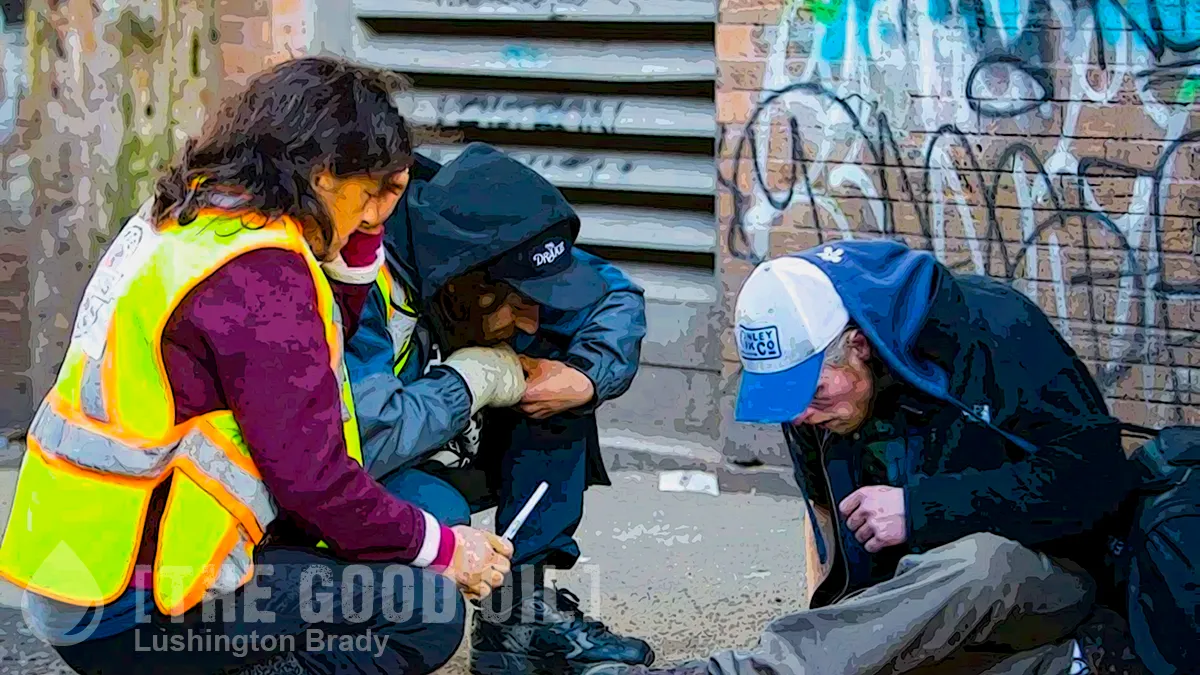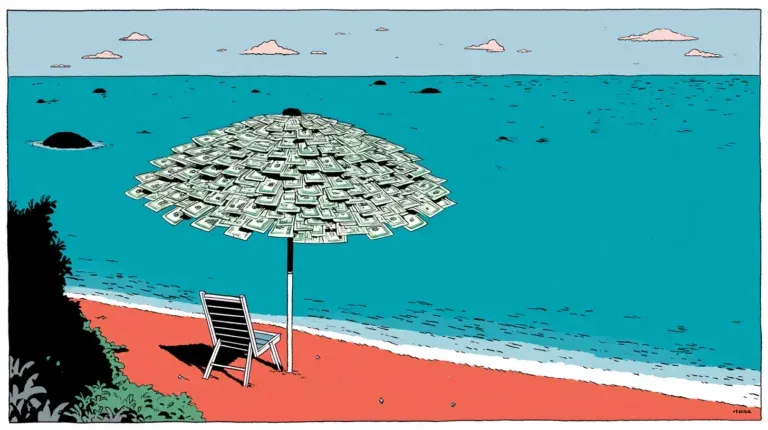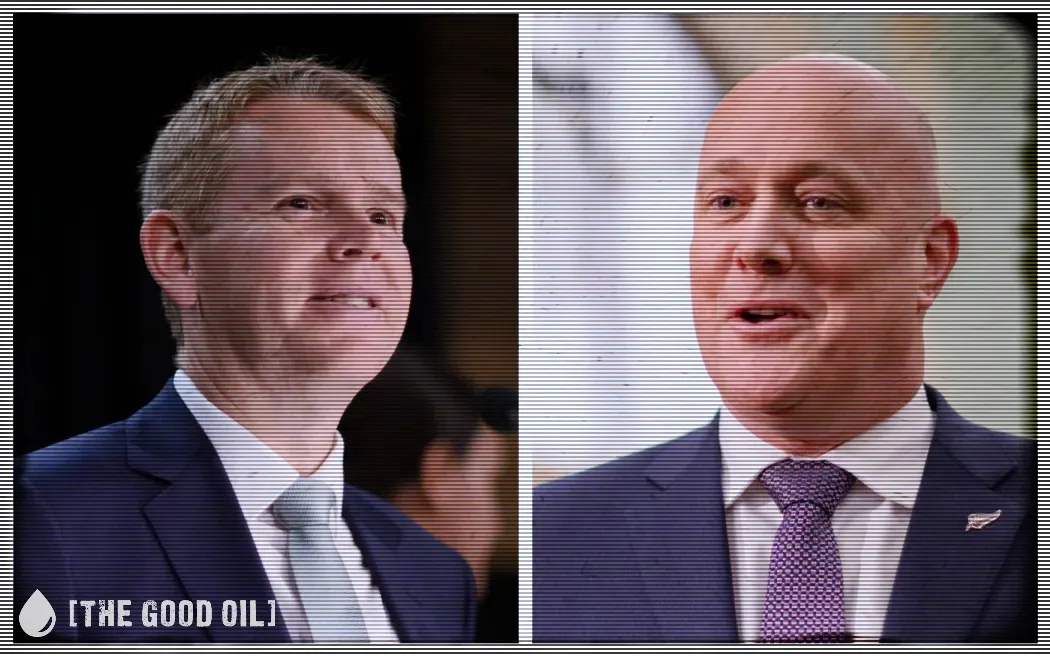Time and again, the people who vow to make an earthly paradise build a graveyard instead. The people who prate loudest about ‘inclusion’ bully are the worst offenders when it comes to bullying and ostracising.
And the people who preach ‘harm minimisation’ invariably inflict massive harm instead.
Take, for instance, ‘pill testing’ at music festivals (so-called: most often they resemble nothing so much as open-air illegal drug markets, with entertainment thrown in). Far from ‘minimising harm’, as one doctor friend said after attending a recent ‘music festival’, he’d never seen so many drug-fucked people in one place in his life. The first aid stations were humming the whole weekend.
Any major North American city that has embarked on similar ‘harm minimisation’ policies is an even more abject object lesson.
Vancouver, especially on a sunny September day, is a spectacularly beautiful city. Yet right next to the sparkling harbour and very close to the modern architecture of the CBD are pockets of drug use, homelessness and desolation compared by the Wall Street Journal writer Mary Anastasia O’Grady in May to Dante’s inner circles of suffering […] like walking into an open morgue where bodies were lying around, except these souls were twisted and contorted, some bent over as they took drugs. Those able to stand resembled zombies.
Vancouver’s drug policies are almost exactly what the ACT Greens want to bring in to Australia: decriminalising possession of small amounts of even the hardest drugs. Far from reducing harm, the trial has ‘increased public use of drugs, overdose deaths and public disorder’.
As the ACT considers liberalisation of drug laws that will no doubt pile pressure on Australian state governments to follow suit, and the federal Greens have this as their official policy, we should pay close attention to Vancouver. The US state of Oregon is also worth a careful look.
Like most green-left conceits, of course, the Vancouver drug policy claimed to be ‘science based’. As usual, it turned out to in fact be little more than left-wing wishful thinking unburdened by evidence or critical thinking.
In an echo of progressive idealists everywhere, [Federal mental health and addictions minister Carolyn Bennett] said: “For too many years, the ideological opposition to harm reduction has cost lives.”
‘Save lives’? Where have we heard that before? It hasn’t worked out much better this time.
It didn’t take long for that rationalisation to unravel. Writing in the Toronto Sun in September last year, Brian Lilley pointed out that the first six months of statistics on overdose deaths in BC showed overdose deaths at record highs. “The results aren’t just less than encouraging, they should be sending people screaming in the opposite direction,” Lilley wrote.
After a full year of the policy, the results were clear. Last year, 2511 people lost their lives to toxic drugs in BC, the highest annual death toll since a public health emergency had been declared in 2016. Given the 2.5g limit on personal use, it was inevitable that addicts would seek out a more potent mix within that capped limit.
Not only were death rates rising but public drug use had escalated, with rampant drug use in parks and other public spaces.
The similarly ‘progressive’ US state of Oregon is now ending its three-year decriminalisation experiment.
Oregon will now give those found with illicit drugs a choice – they can be charged or undergo treatment, including participating in health and “deflection” programs.
Oregon will now make personal use possession a misdemeanour punishable by up to six months in jail and is introducing harsher penalties for selling drugs near places such as parks. The state also is encouraging local authorities to develop addiction and health services.
This is all, mind you, from the same people who demand to ban tobacco altogether, nanny-state alcohol into a new prohibitionism and demonise sugar harder than an a ’50s public health warning about ‘the demon weed, maria-juana’.









